Graduate, master and doctor in Medicine by ICBAS, it was in this faculty of the University of Porto where he developed his entire academic career. In April of this year, he was elected by the General Council as Rector of the University of Porto for the 2018-2022 period.
António Manuel de Sousa Pereira was born on October 17, 1961, in the parish of Ramalde, Porto. Graduate, master and doctor in Medicine by ICBAS, it was in this faculty of the University of Porto that developed his entire academic career, having provided the tests of aggregation in the area of Anatomy in the year 2000. Four years later, and already as a Professor, he was to be elected for the first time as director of the faculty.
He is a member of the National Council of Ethics for Life Sciences elected by the Assembly of the Republic, Vice President of the Strategic Council of the Portuguese Institute of Oncology of Porto, member of the Board of Directors of the Centro Académico Clínico ICBAS / Centro Hospitalar do Porto and of the Strategic Council of the Centro Hospitalar de Vila Nova de Gaia / Espinho.
Among the positions he held, both inside and outside the academy, he was also President of the National Board of Education and Medical Education of the Order of Physicians, consultant to the Government of the Dominican Republic for the evaluation of the Reform of Medical Schools (2016- 2017), and member of the Board of Directors of ORPHEUS – Organization of PhD Education in Biomedicine and Health Sciences in European System (2013-2016).
As a researcher, he collaborated within the scope of his doctoral thesis with the organization and computerization of a Population-Based Oncology Registry, which constituted the first population-based cancer registry made in Portugal. In recent years, he has developed his research activity in the area of university management and health policies. Among other international projects, he coordinated and participated in the study “Guidelines for Accreditation and Quality Assurance of Health Care Units Used for Teaching in Undergraduate Medicine” in partnership with Imperial College.
Outside of the University, António de Sousa Pereira, 56, is still a man very connected to Porto where he was born and studied almost always: in youth he studied at Liceu Alexandre Herculano and later ICBAS at U. Porto for his undergraduate, master’s and PhD. He is a supporter of FC Porto, although he admits that he does not often go to Estádio do Dragão; among his favourite dishes are the ” Tripas à moda do Porto”, especially if they are made by his mother.
Married and father of two children, he lives near the Douro River and occupies his free time with an old passion: a collection of old cameras. He was a chess player and is still a federated pistol shot athlete.
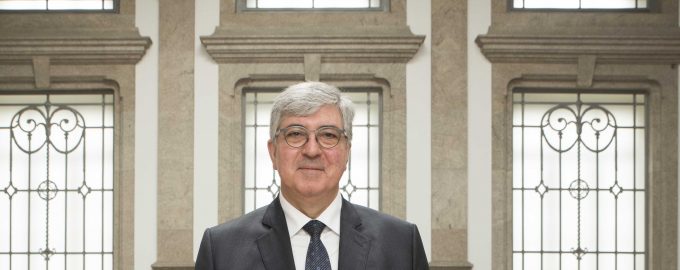

 Why Porto?
Why Porto? 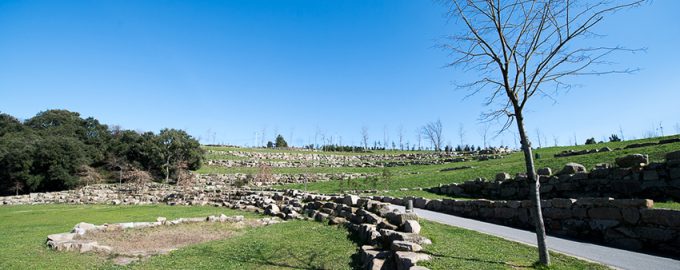
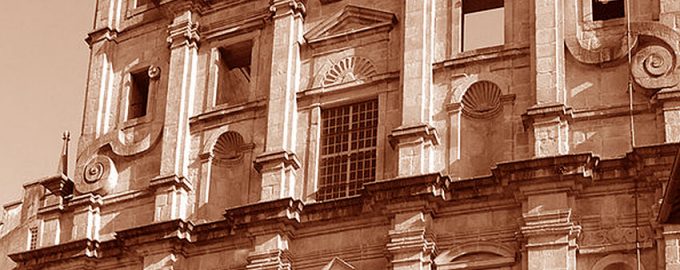
 Legend has it that in the place where the Igreja de São Lourenço was built, one could hear the constant singing of the crickets. For this reason, the church is still known today as the Church of the Crickets.
Legend has it that in the place where the Igreja de São Lourenço was built, one could hear the constant singing of the crickets. For this reason, the church is still known today as the Church of the Crickets.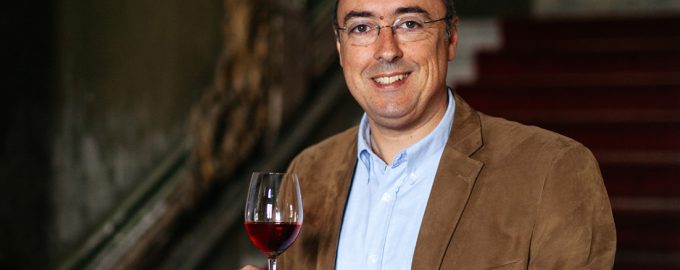
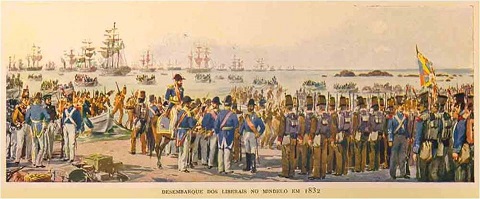
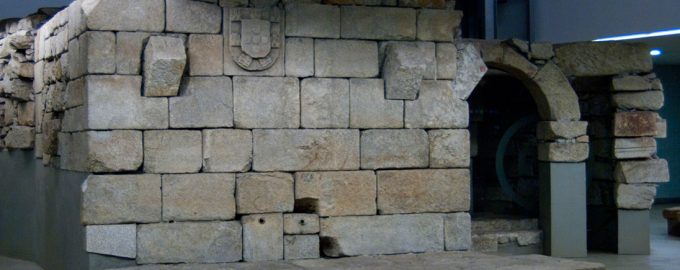

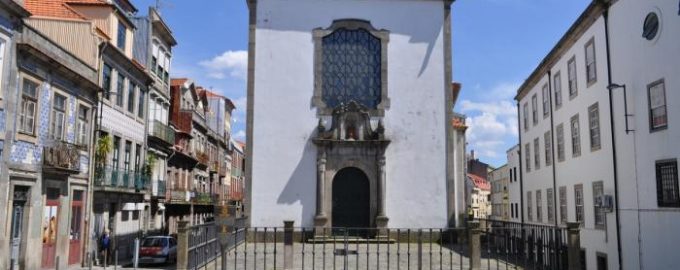
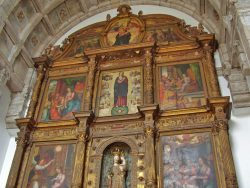 Discreetly situated at the angle of two streets and with an apparently simple architecture, this chapel deserves to be visited.
Discreetly situated at the angle of two streets and with an apparently simple architecture, this chapel deserves to be visited.

 Laura (26) and Romain (29) came to Porto almost by chance. To their passion for the city they added their love for animals and created Animaux de Porto, a company that provides pet-sitting services.
Laura (26) and Romain (29) came to Porto almost by chance. To their passion for the city they added their love for animals and created Animaux de Porto, a company that provides pet-sitting services.
